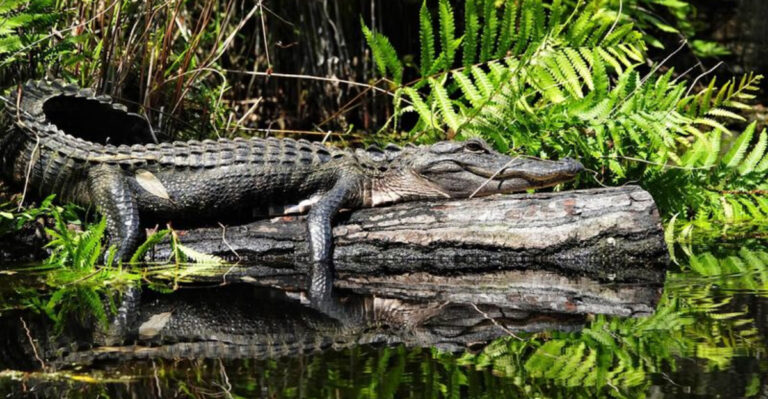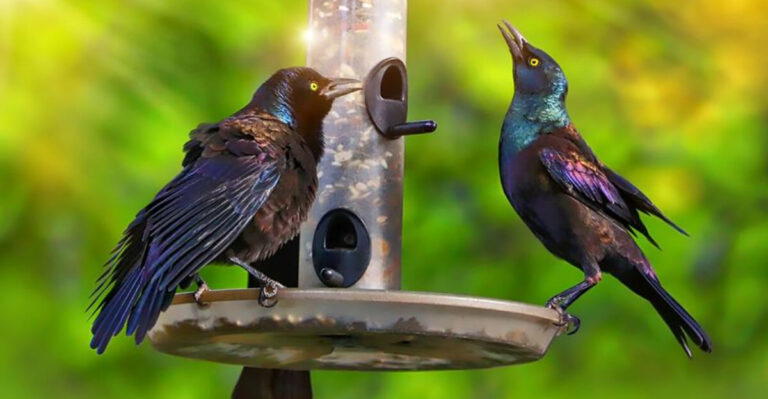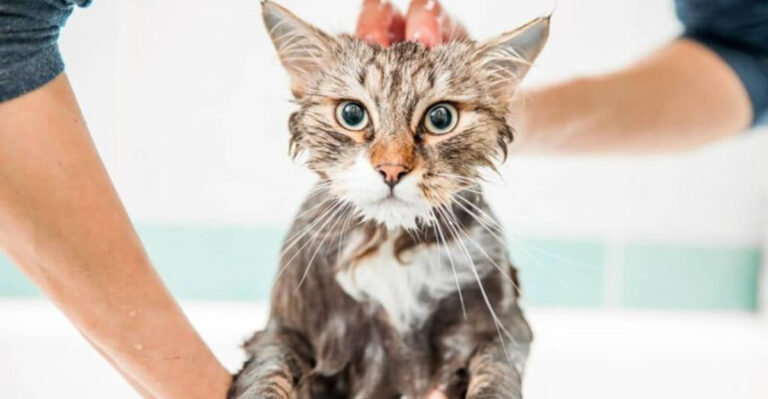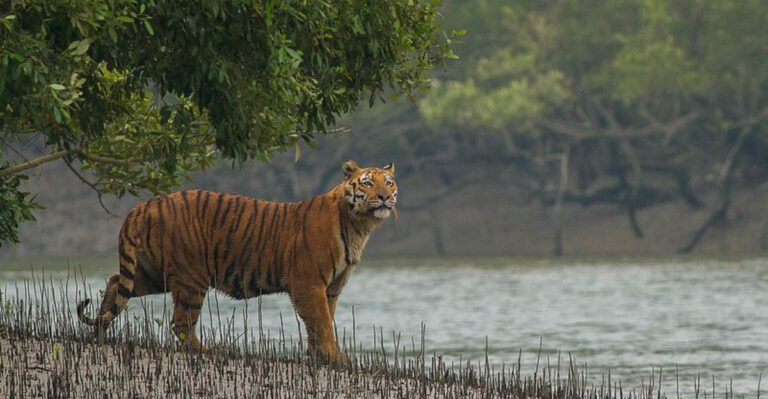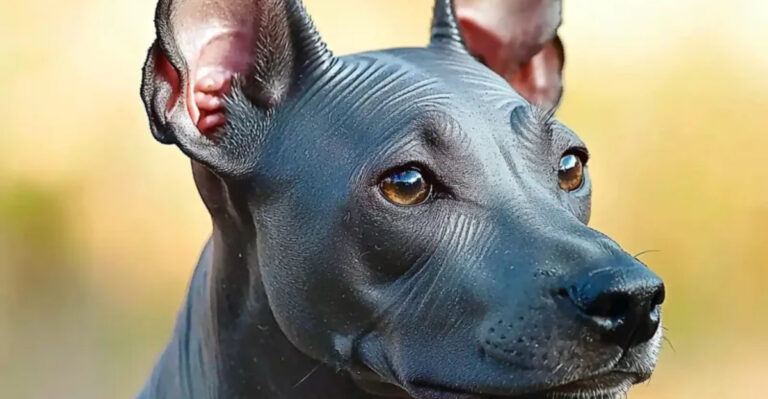16 Fascinating Reasons Herons Are Modern-Day Dinosaurs
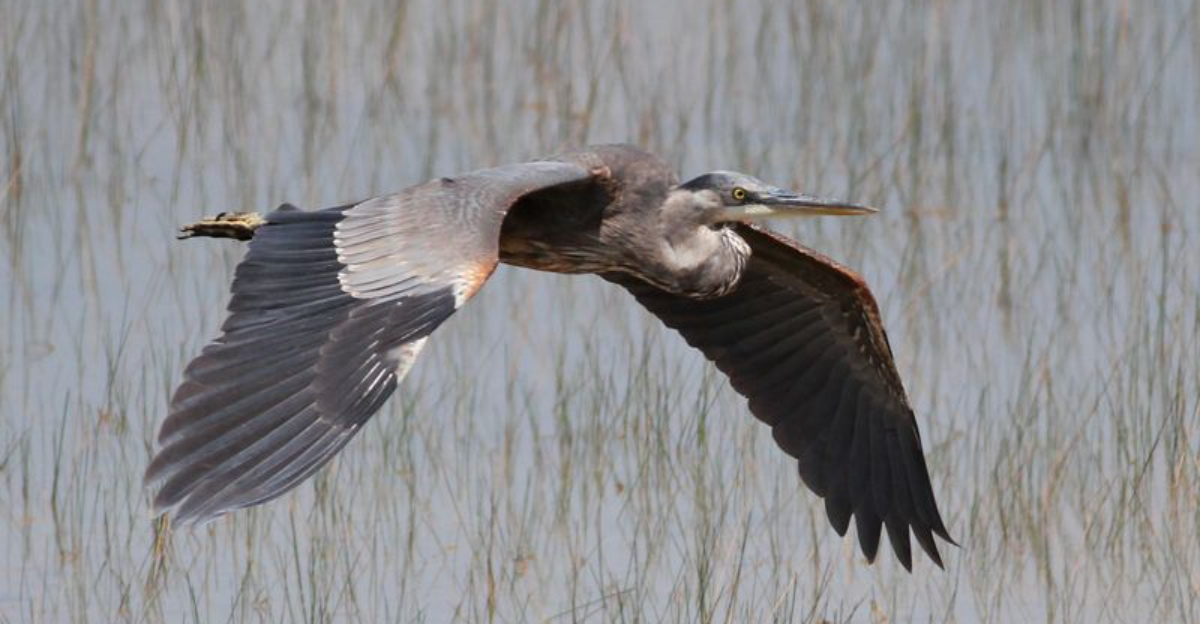
Ever watched a great blue heron standing motionless at the water’s edge? There’s something ancient and prehistoric about these elegant birds that goes beyond their appearance.
Scientists now recognize birds as living dinosaurs, direct descendants of the theropod lineage that included Velociraptor and T. rex. Herons, with their distinctive features and behaviors, offer some of the most striking examples of this ancient connection.
1. Dagger-Like Beaks
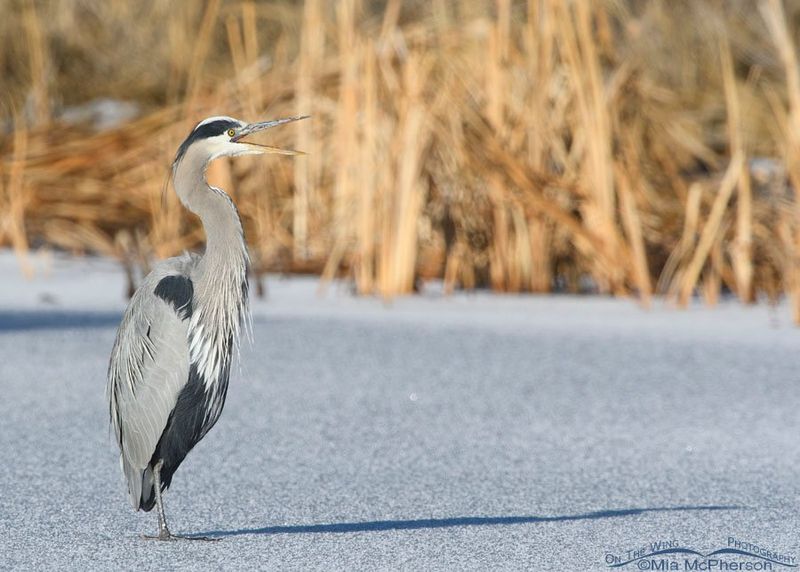
Those spear-shaped bills aren’t just for show! Herons use these precision tools to impale fish with lightning-fast strikes, much like the specialized hunting tools of their dinosaur ancestors.
The structure closely resembles the elongated snouts of fish-hunting dinosaurs like Spinosaurus, suggesting similar feeding adaptations that have survived for millions of years.
2. Scaly Feet Reveal Ancient Origins

Flip over a heron’s foot and you’ll find reptilian scales covering every inch. These textured pads aren’t bird innovations but direct inheritances from their dinosaur forebears.
While feathers evolved for many body parts, these scaly feet remain virtually unchanged from the days when dinosaurs ruled Earth, providing a literal footprint of evolutionary history.
3. Bone Structure Similarities
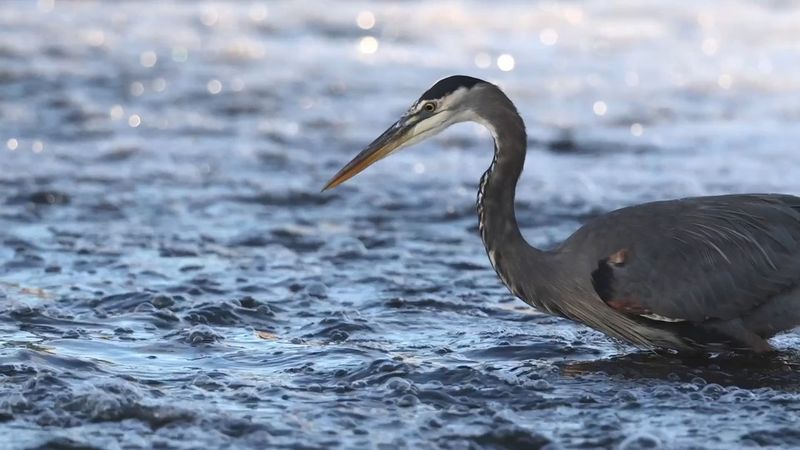
X-rays of heron skeletons reveal hollow bones with internal struts for strength – exactly like their dinosaur ancestors! This lightweight design enables both flight and the quick movements needed for hunting.
The neck vertebrae especially show remarkable similarities to certain theropods, allowing for that characteristic S-curve that springs forward during strikes.
4. Prehistoric Hunting Stance
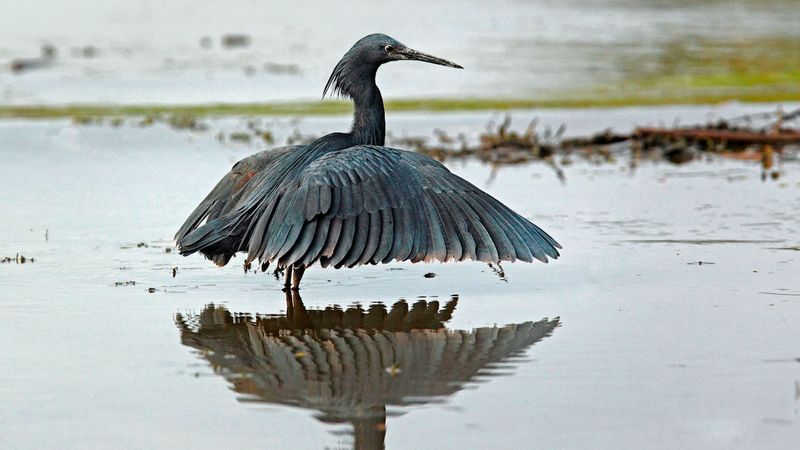
Watch a hunting heron freeze in place for minutes or even hours. This patient predator technique mirrors the hunting methods paleontologists believe many theropod dinosaurs employed.
The stillness broken by explosive movement creates a living window into prehistoric hunting behaviors that worked 65 million years ago and continue to be effective today.
5. Territorial Displays Straight From Prehistory
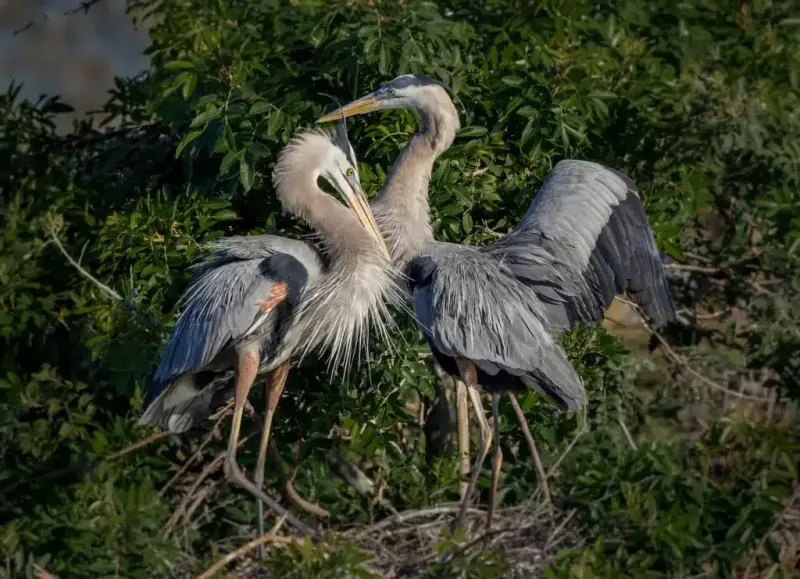
Male herons perform elaborate courtship dances with raised crests and specialized feathers. These showy behaviors echo the display rituals scientists now believe many dinosaurs performed.
Recent fossil discoveries of dinosaurs with display features suggest this dramatic behavior has deep evolutionary roots, with herons carrying on traditions from the Mesozoic era.
6. Nesting Colonies Show Dinosaur Social Patterns
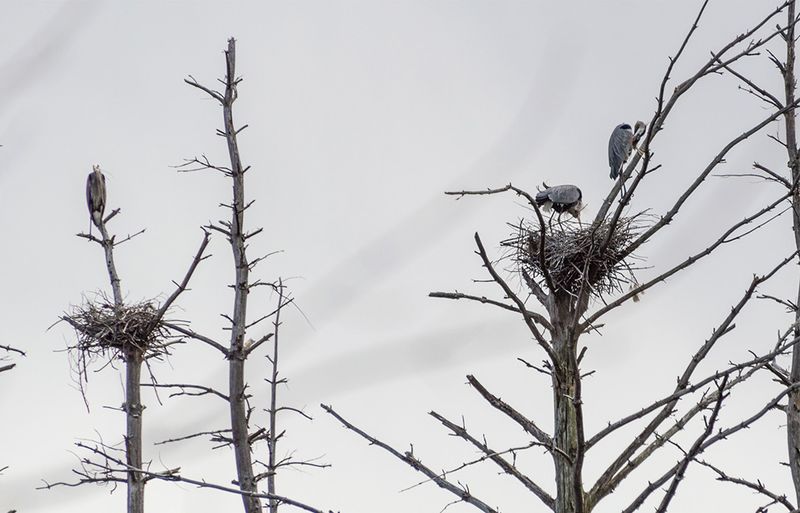
Towering heron rookeries can contain hundreds of nests in a single area – a social pattern increasingly recognized in dinosaur fossils too! Colonial nesting wasn’t just a bird innovation.
Paleontologists have discovered multiple dinosaur nesting sites with dozens of nests grouped together, suggesting herons simply continued ancient social behaviors their ancestors practiced millions of years ago.
7. Ancient Parental Care Techniques
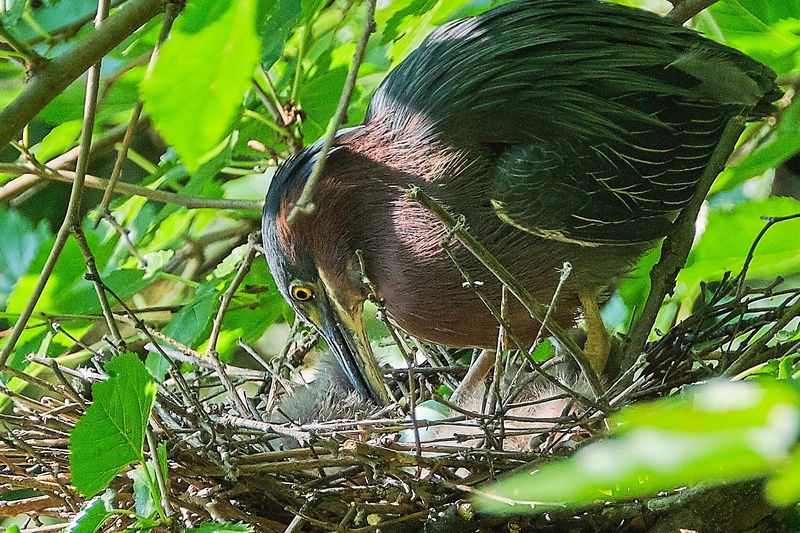
Talk about dedicated parents! Both heron partners take turns incubating eggs and feeding chicks, a behavior pattern now known in many dinosaur species.
Fossil evidence shows some dinosaurs sat on nests just like modern birds. The discovery of oviraptors fossilized while protecting their eggs mirrors exactly how modern herons care for their young.
8. Flight Mechanics With Prehistoric Origins
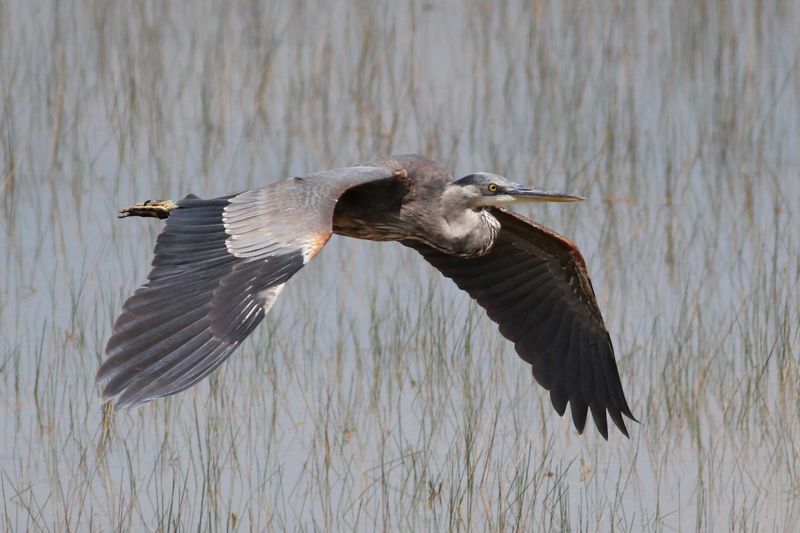
Those massive wings didn’t evolve overnight! Herons’ flight abilities developed gradually from dinosaur ancestors who first used feathered limbs for balance, display, and insulation.
The way herons fold their necks into an S-shape during flight mirrors adaptations seen in flying dinosaurs like Archaeopteryx, representing a direct evolutionary link to the first airborne reptiles.
9. Egg-Laying Patterns Unchanged For Millions Of Years

Blue-green heron eggs aren’t just pretty – they represent an ancient reproductive strategy unchanged since the dinosaur era. The color itself comes from bile pigments that dinosaurs also possessed.
The elliptical shape and hard calcium carbonate shell are direct inheritances from reptilian ancestors, with minimal changes over 150+ million years of evolution.
10. Growth From Helpless Chicks Mirrors Dinosaur Development
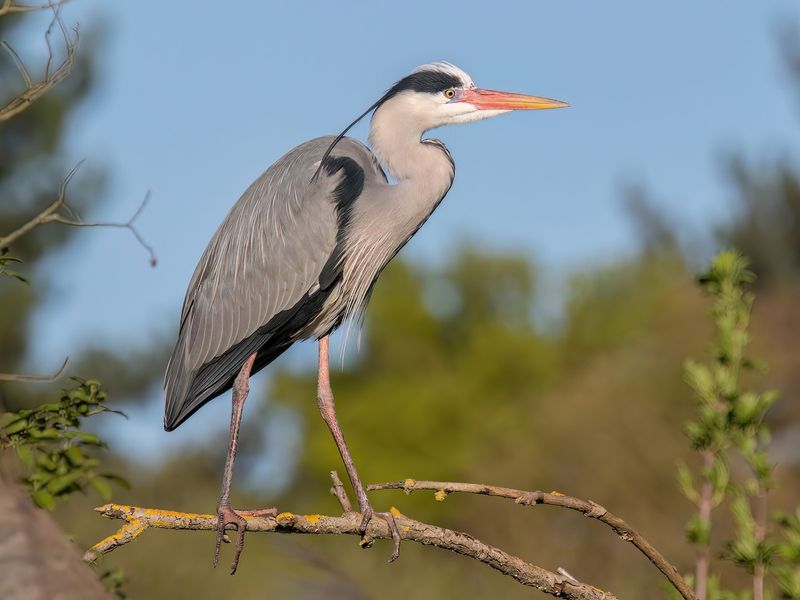
Awkward, fuzzy heron chicks transform dramatically as they grow, following developmental patterns established by their dinosaur forebears. This rapid growth from helpless babies to capable hunters happens in just weeks!
Fossil evidence shows many dinosaur species also experienced rapid growth spurts, suggesting this accelerated development strategy has ancient origins predating modern birds.
11. Thermal Regulation Through Sunning
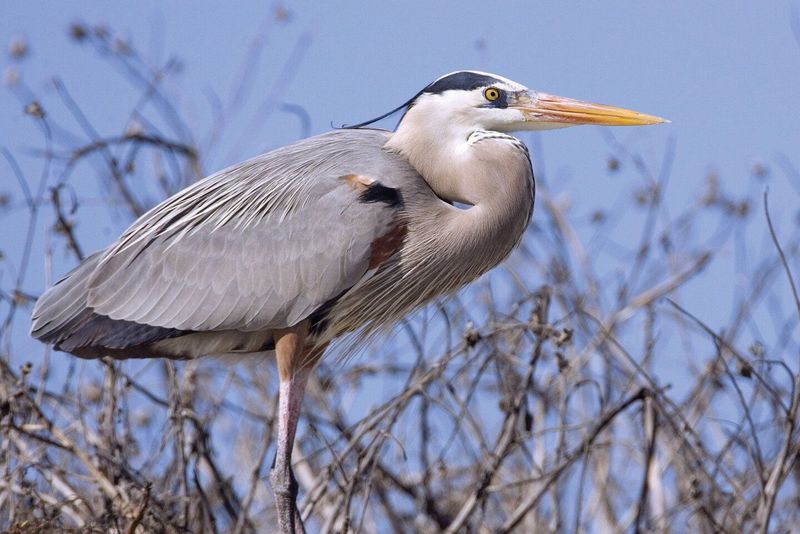
Spot a heron spreading its wings in sunshine? You’re witnessing a behavior called “sunning” that dinosaurs likely practiced too! This posture helps regulate body temperature and manage parasites.
Similar behaviors are seen in modern reptiles, suggesting it’s an ancient thermoregulation strategy herons inherited directly from their cold-blooded ancestors as they evolved toward warm-bloodedness.
12. Predator Awareness Behaviors
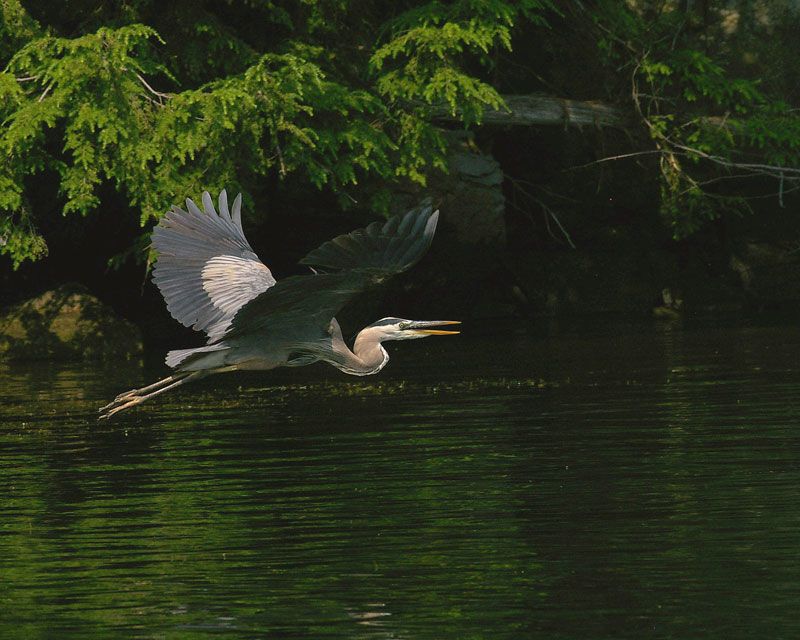
Sharp-eyed herons constantly scan for threats from above – an evolutionary response to millions of years as prey for larger dinosaurs and later, flying predators!
Their alert posture, quick reactions, and ability to distinguish between harmless species and threats demonstrate survival instincts honed since the Mesozoic era. These behaviors helped their ancestors survive the mass extinction.
13. Specialized Neck Vertebrae
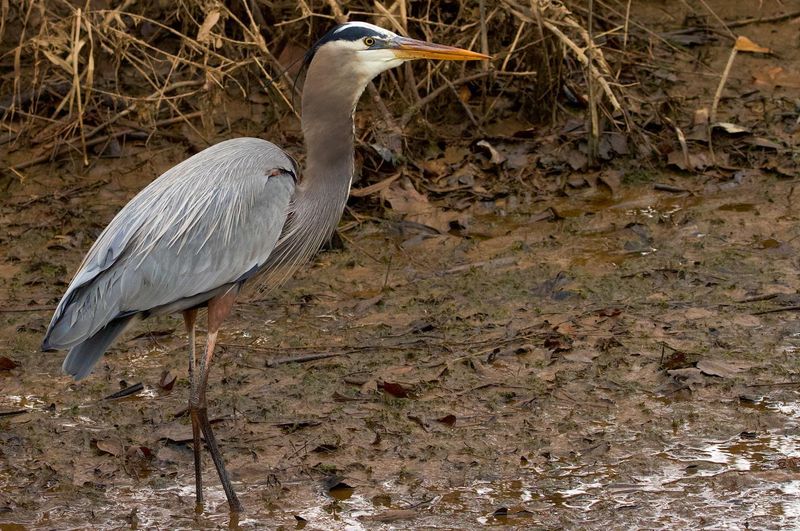
The lightning-fast strike of a fishing heron requires some serious anatomical specialization! Their neck contains modified vertebrae forming a natural catapult mechanism for hunting.
Similar specialized vertebrae have been found in certain theropod dinosaurs, suggesting this unique adaptation evolved long before modern birds appeared. The S-shaped curve stores potential energy like a coiled spring.
14. Digestion System Similarities
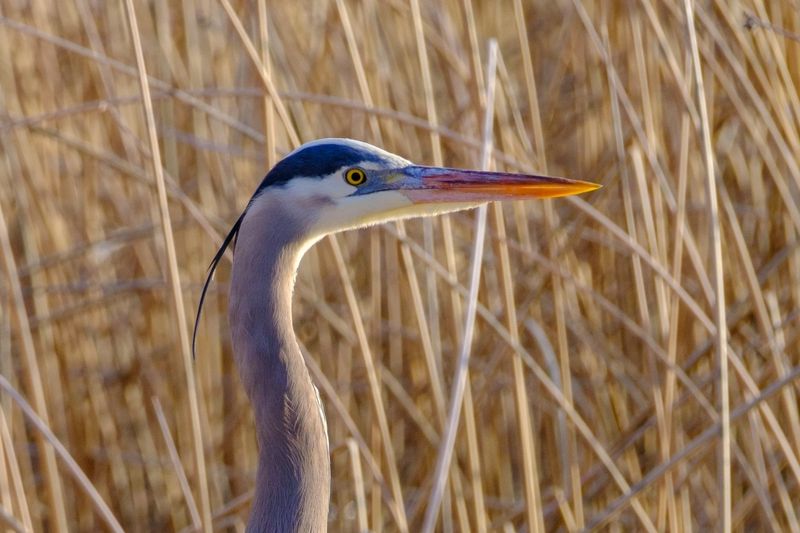
Gulp! Herons swallow fish whole, using a specialized digestive system with similarities to their dinosaur ancestors. Their stomach produces powerful acids to break down bones and scales.
Many dinosaurs likely possessed similar adaptations for quick consumption. Some herons even regurgitate pellets of indigestible material just like certain dinosaurs probably did, based on fossil evidence of their stomach contents.
15. Specialized Hunting Feathers
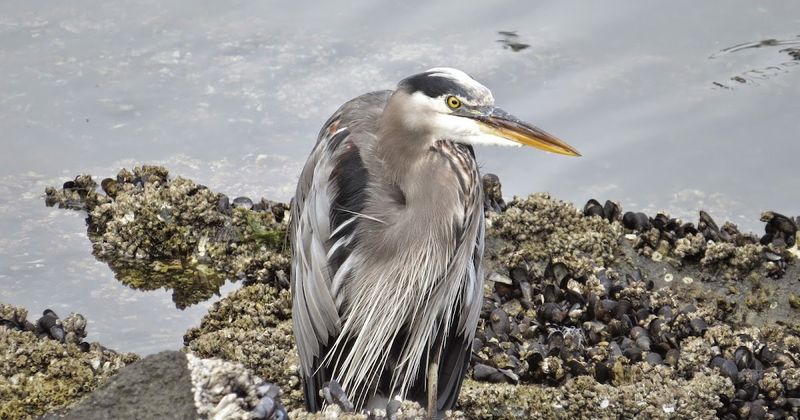
Those powder-down feathers herons use while fishing aren’t just fancy accessories! They produce a special dust that reduces water surface tension, helping herons see prey more clearly.
This specialized feather type shows how dinosaur scales evolved into highly functional tools. Many dinosaurs had proto-feathers that likely served specific purposes beyond flight, just as herons use theirs for hunting.
16. Ancient Vocalizations
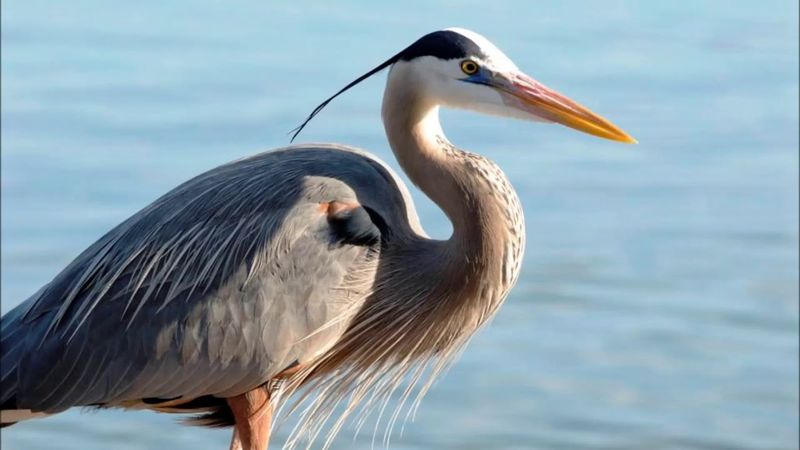
The harsh, primordial croaks of herons sound eerily prehistoric – and with good reason! Their simple vocalizations likely resemble sounds made by their dinosaur ancestors.
Unlike songbirds with complex vocal organs, herons produce basic calls using a simpler syrinx structure. This primitive sound production system connects them directly to the vocalizations of the ancient reptiles from which they descended.

